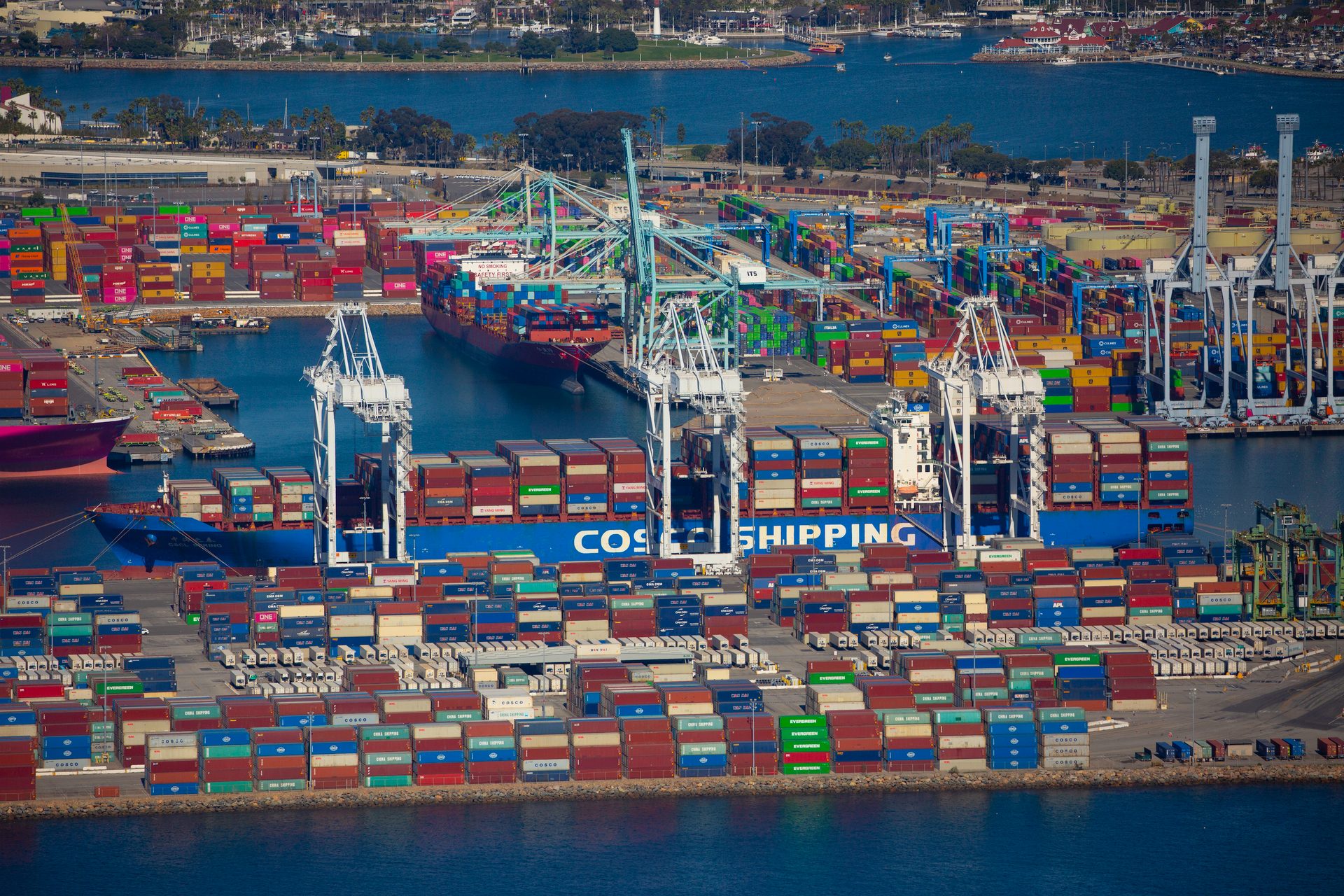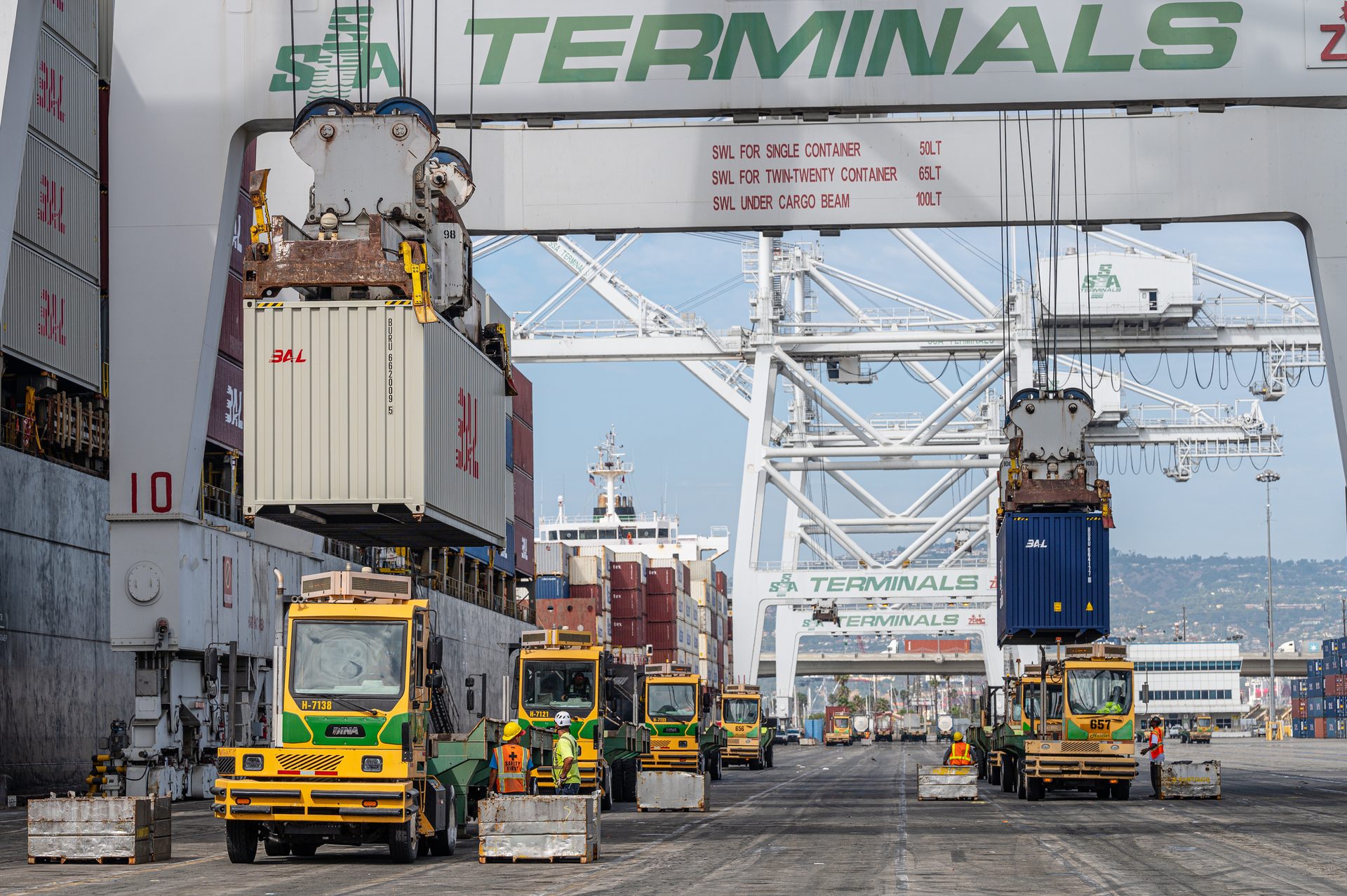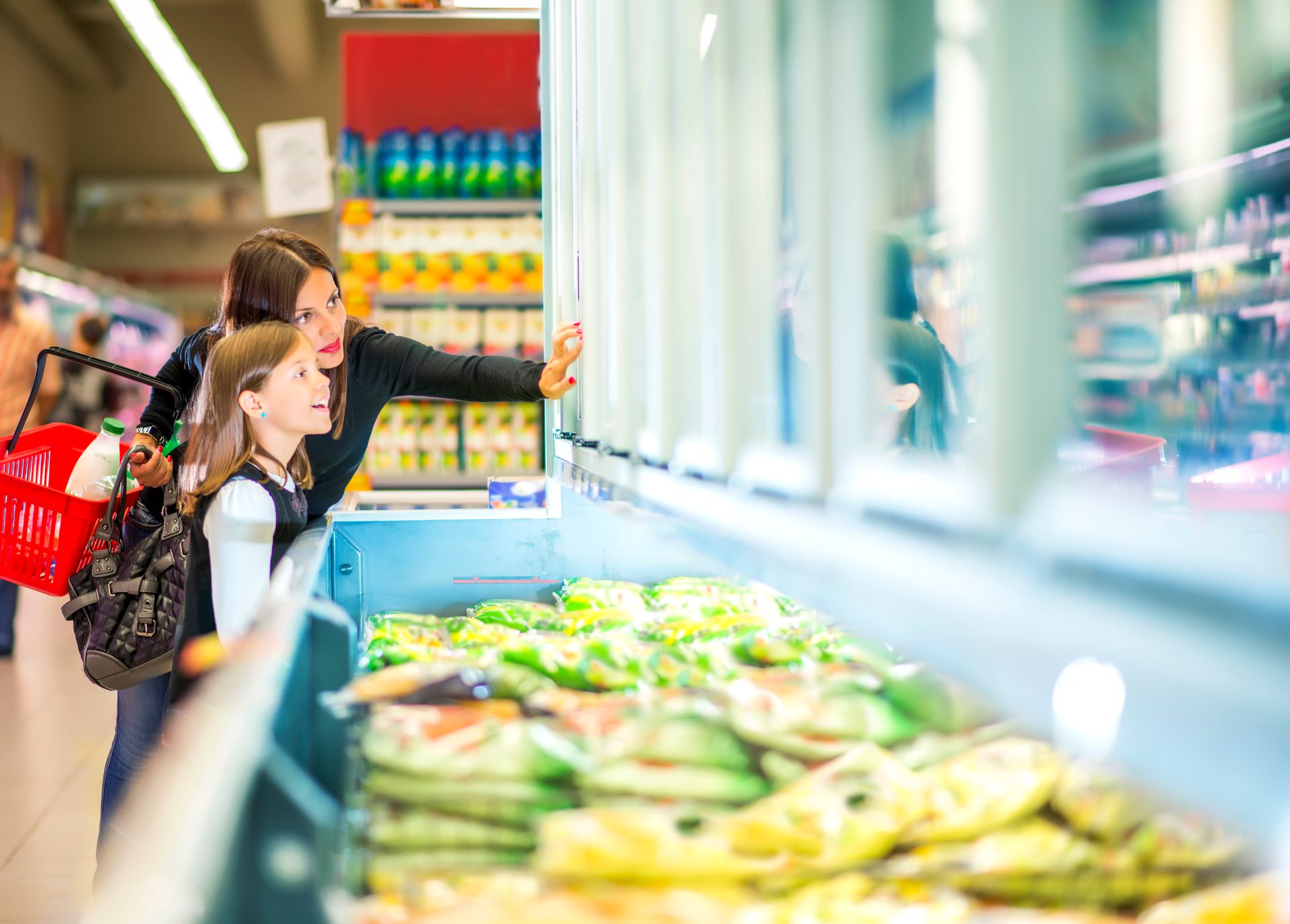Hot Cities for Cold Storage:
Long Beach
Image courtesy of Port of Long Beach
Kelley Rodriguez is Editor-In-Chief of Refrigerated & Frozen Foods
By Kelley Rodriguez
A port city, Long Beach, California, has a bustling cold storage market.
As the premier U.S. gateway for trans-Pacific trade, the Port of Long Beach handles $200 billion in trade annually, including beef, pork, citrus fruits, grapes, stone fruit and cheese.
There are several cold storage operators in the area, including Lineage Logistics and West Coast Cold Storage in 2021 opened a 127,000-square-foot facility in the Jurupa Valley within the Inland Empire logistics hub. That site has over 18,000 pallet positions.
“Long Beach is a strong import and export center complimented by a rapidly growing local distribution business,” said Brian Beattie, president of North America West at Lineage Logistics. “Lineage has a comprehensive presence in the greater Southern California area, including port-centric facilities and more than a dozen warehouses in Los Angeles County.”
The top refrigerated imports coming into the Port of Long Beach include shrimp and fish.
"During our export off-season, imports will also include citrus fruits, meats and vegetables – many of the items we typically export,” said Dr. Noel Hacegaba, Port of Long Beach COO. “This happens after seasonal cargo has been fully exported, and that same commodity is then imported from a different growing region. This ensures consumers have access to the same fresh produce all year long.
It had its second-busiest year ever in 2022, with 9.13 million twenty-foot equivalent units (TEUs) handled.

The Port of Long Beach had its second-busiest year ever in 2022, with 9.13 million twenty-foot equivalent units (TEUs) handled.
Image courtesy of Port of Long Beach.
The Port of Long Beach imported 48,513 TEUs of cold/frozen foods and exported 61,822 TEUs.
“The Port of Long Beach has built a fair amount of dedicated reefer container space at our terminals over the years. For example, one of our terminals, Long Beach Container Terminal, has 2,250 stacked spaces for reefers. Overall, we have 6,000 spaces throughout the Port. As the cold chain expands, the port is prepared for growth in temperature-controlled cargo,” Hacegaba said.
“Currently, a small percentage of refrigerated containers are moved off dock by rail. The majority are trucked to warehouses and broken down for immediate distribution. However, as part of our aggressive modernization and capital improvement program, the port is investing $1 billion over the next several years to add infrastructure and enhance efficiencies in the rail system to maximize on-dock rail capacity,” he said. “Due to the weight requirements of many temperature-controlled containers, hauling items by rail for export is one of the most optimal pathways to transport these goods in the near future.”
The port over the next decade is planning a total of $2.2 billion in capital improvements aimed at enhancing capacity, competitiveness and sustainability and wants to become the world’s first zero-emissions seaport.
Long Beach, along with the ports of Los Angeles and Singapore earlier this year signed a memorandum of understanding establishing a “green and digital shipping corridor” to support the transition to low- and zero-emission fuels by ships calling at the ports. The parties will work to facilitate the supply and adoption of these fuels and explore the necessary infrastructure and regulations for bunkering. In addition, they will identify digital shipping solutions and develop standards and best practices for green ports and the bunkering of alternative marine fuels.
“The plan is an important step toward decarbonizing the global supply chains that power our economies, and transitioning toward zero lifecycle carbon emission ships. It will showcase cutting-edge goods movement technologies, decarbonization applications and best management practices to enhance efficiency, and catalyze technological, economic and policy efforts to progressively decarbonize shipping and port-related activities,” Hacegaba said. “I was honored to represent the Port of Long Beach at the recent unveiling of the Green Shipping Corridor in Shanghai.”

The port over the next decade is planning $2.2 billion in capital improvements.
Image Courtesy of Port of Long Beach.
The Port of Long Beach accounts for 575,000 jobs in southern California and 1 in 5 jobs in Long Beach.
“Importers, distributors, retailers, wholesalers and others sourcing imported produce who choose the Port of Long Beach benefit from the shortest and fastest route to Asia, where many of these items come from,” Hacegaba said. “The Port continues to invest in modernization and infrastructure improvements that will allow for the speedy and reliable delivery of goods. Additionally, the port has access to 2 billion square feet of warehouse space in the region.”


